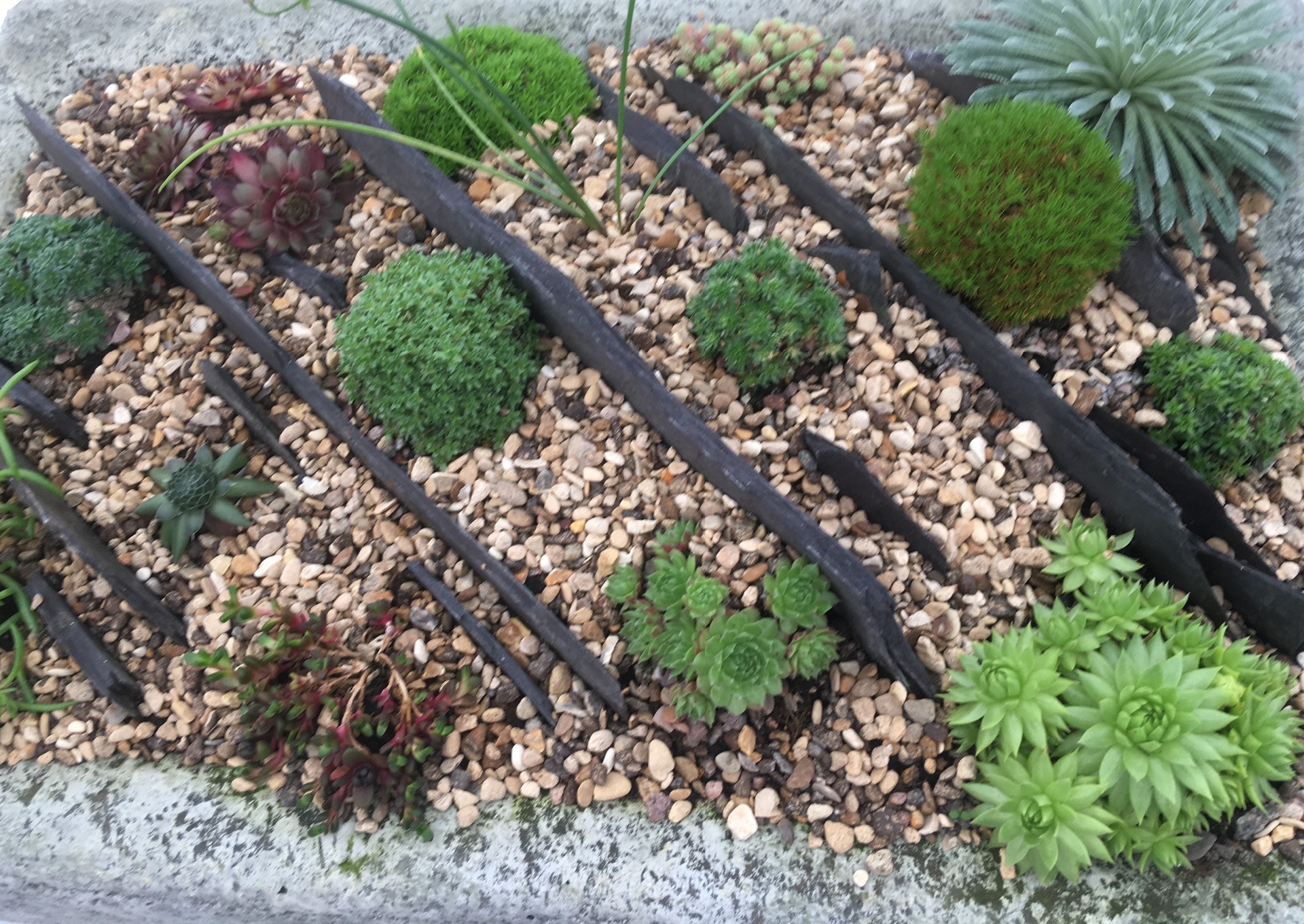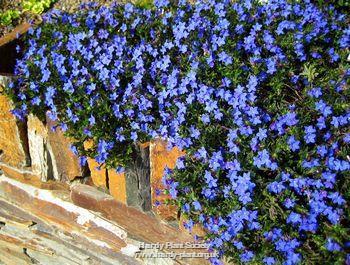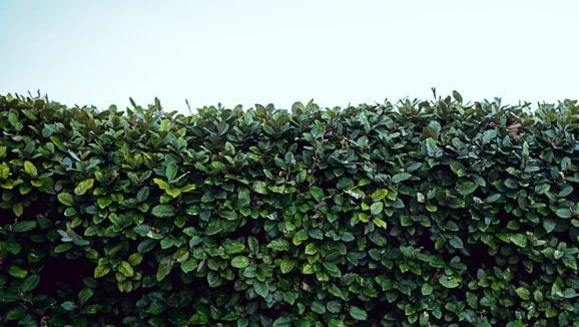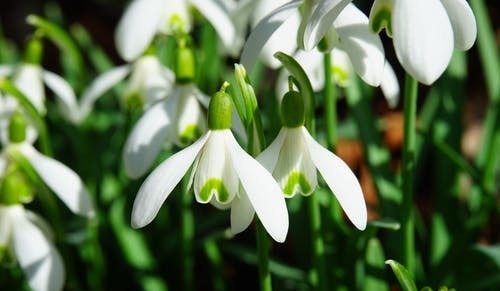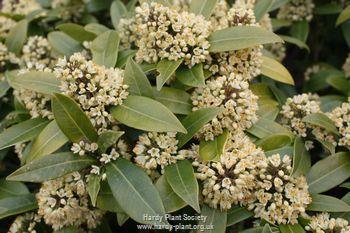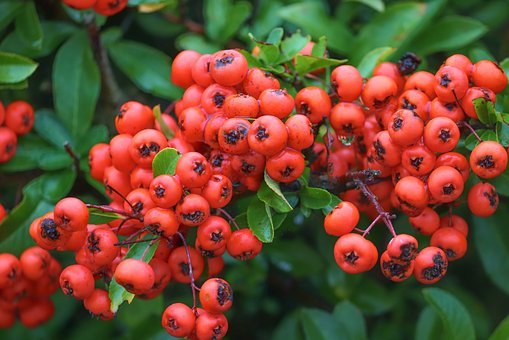Perennials for your garden
Posted on 9th April 2021 at 09:47
The garden really does wake up in April. Even though we are having a cold start to the month the longer days mean that spring is definately here and when the sun shines there is a real feeling of warmth. We have a wide range of perennials, grown on the nursery, ready for planting out now. We have all the old favourite cottage garden plants including foxgloves, delphiniums and lupins, as well as a few more unusual plants to add variety and interest to your garden.

The Cowslip (Primula veris) is a very easy spring flowering plant that produces scented, deep yellow flowers which grow in narrow clusters on tall stalks. It is suitable for the border, wildflower garden or meadow and is happy in full sun or part shade.
Aquilegia has many common names including Granny's Bonnet and Columbine. They are a dainty cottage garden plant with ferny leaves and attractive flowers available in many colours. Easily grown in a well drained garden soil these plants will happily self seed without ever becoming a nusiance.
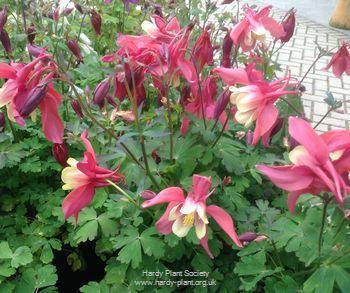

Brunnera macrophylla is a beautiful hardy perennial with pale silver grey, heart shaped leaves and bright blue flowers, similar to Forget-me-nots, in mid to late spring. It prefers a sheltered spot with moisture retentive soil where it will happily spread to form a very attractive ground cover.

It is easy to see why Dicentra spectabilis has the common name Bleeding Heart. Its arching sprays of heart shaped flowers are produced in spring above ferny, green foliage. This easily grown plant thrives in light shade in any well drained garden soil.
Hardy Geraniums provide mounds of dense foliage which appears in April and is followed by a long flowering period. For example G. Rozanne (illustrated) bears masses of violet-blue blooms repeatedly from July to October and was the winner of The RHS Chelsea Flower Show 'Plant of the Centenary' in 2013. We have a range of Geraniums with different habits, foliage and colours, all of which are easy to grow.
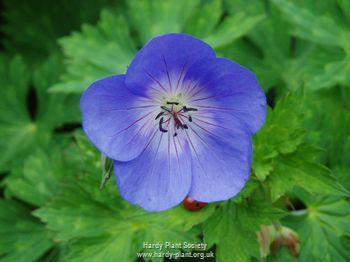

Polygonatum or Solomon's Seal is a traditional cottage garden plant ideal for shade. The graceful, arching stems bear green-tipped white blooms in spring to early summer.
Epimedium is a ground cover perennial which thrives in light shade. The dainty flowers are held above the leaves on thin, wiry stems. Tolerant of dry shade but best in a fertile soil that is moist and rich in humus.
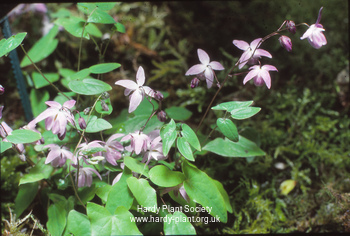
Papaver orientalis or Oriental Poppy make a real statement in the early summer border. They need a well drained spot in full sun to flower at their best. Cut back and feed after flowering has finished for more flowers later in the summer.





